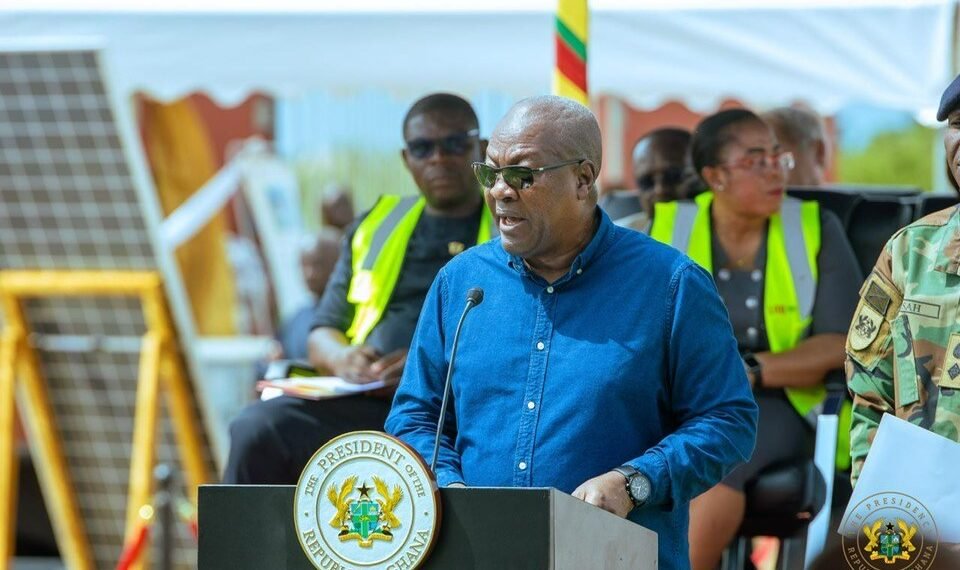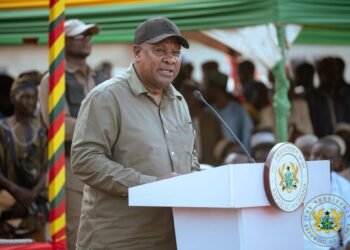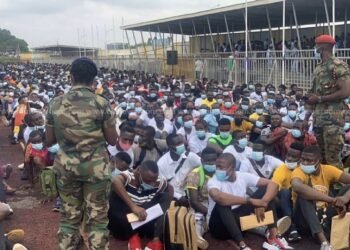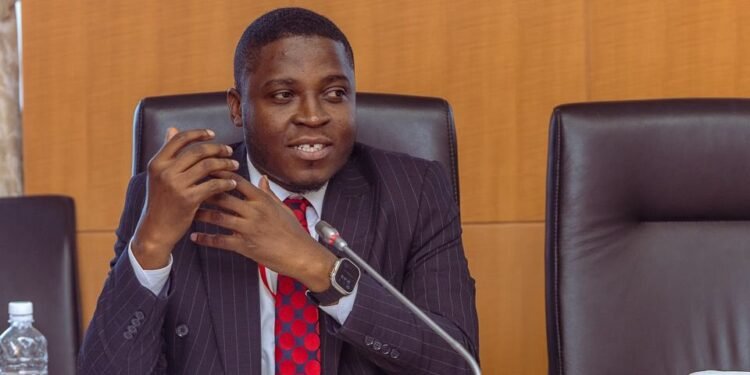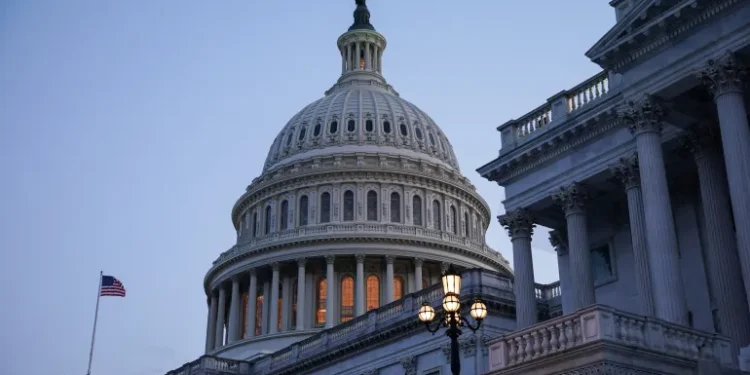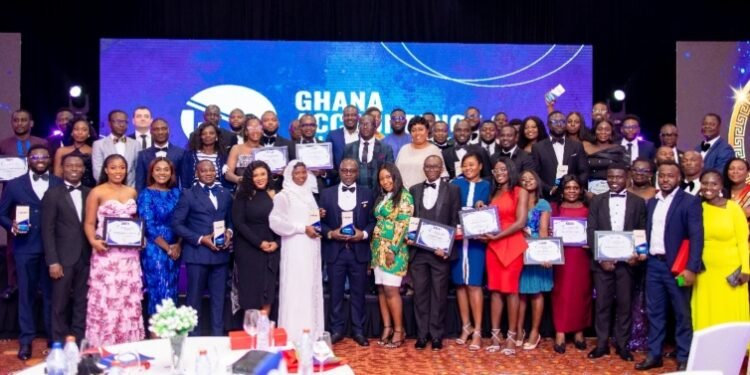President John Dramani Mahama has reaffirmed his administration’s commitment to the development of Ghana’s proposed Green-Smart City, announcing that the feasibility study for the ambitious initiative is nearing completion, with the Minister of Finance already making budgetary allocations for the design phase.
The President made the remarks at the sod-cutting ceremony for the Dawa Solar Park Project, where he linked the renewable energy venture to the broader national transformation agenda.
The Green-Smart City project, one of the flagship promises of the National Democratic Congress (NDC) during the 2024 election campaign, is designed as a long-term solution to the growing congestion in Accra.
Since assuming office, President Mahama has repeatedly emphasized that the project is not a political slogan but a phased 20-year development plan he intends to advance significantly before the end of his current term in 2029.
During his recent state visit to China, he also extended a strong invitation to investors to partner with Ghana in delivering what he described as a transformative urban future. Speaking at Dawa, President Mahama said the project aims to address structural urban challenges that traditional expansions of Accra can no longer sustain.
“Accra will remain the capital, but we will move some of the government agencies and other critical offices out of Accra into the new city. So that the kind of gridlock that is beginning to happen in Accra would ease.”
President John Dramani Mahama
He described the new city as a modern, orderly, and deliberately planned environment supported by integrated infrastructure and designed with the future of urban living in mind.

According to the President, the Green-Smart City will be a magnet for investment, innovation, and tourism. He outlined its features clearly, describing it as “a new city that would attract investment, it will attract tourism, it will be a smart city, it will have a modern drainage system, it will have good sanitation.”
Strict Urban Discipline
One of the defining elements of the design is strict urban discipline. “There will be no kiosks and containers in that city. And people will not be walking by the roadside in that city,” he emphasized. Markets will be designated and regulated, and commercial activities will be situated in properly zoned areas to preserve order and safety.
President Mahama further highlighted that the Green-Smart City is not being conceptualized in isolation but is designed as part of an integrated corridor that connects multiple high-value national assets and economic zones.
“The city stretches from here, Dawa Industrial Park, including the Saglemi housing estate, through Bundase military range, into Volta and Eastern Regions,” he said. This configuration, he explained, creates a strategic belt that binds industrial capacity, residential communities, commercial districts, and administrative zones into a unified national development hub.
He elaborated on the internal structure of the city, noting that it will include an industrial enclave, a residential enclave, office districts, a commercial district, and a financial district.
Each part of the city will be planned with precision, ensuring proper zoning, aesthetic consistency, and infrastructure coherence. “So everything that is happening here is being integrated into the green digital city that we have envisioned for our dear nation, Ghana,” he said.

The President’s remarks linked the urban development project with ongoing infrastructural investments, including the Dawa Solar Park. The solar installation, part of Ghana’s broader clean energy agenda, is expected to support the planned city’s energy needs while also advancing national climate commitments.
A Smart City within an Emerging Renewable Energy and Industrial Ecosystem
By situating the development of a smart city within an emerging renewable energy and industrial ecosystem, the government is positioning the new metropolis as a showcase of modern African urbanism and environmental responsibility.
Crucially, President Mahama disclosed that the feasibility study and design work for the Green-Smart City will begin before the end of 2025. He revealed that the Ministry of Finance has already initiated provisions in the national budget to ensure that the technical and architectural planning stages proceed without delay.
This early allocation, he suggested, demonstrates the government’s seriousness about taking the project from concept to implementation. The President’s renewed commitment comes at a time when Accra’s population growth, congestion, and infrastructural strain have become central public concerns.
Urban planners have long warned that without major structural interventions—beyond routine road expansions and drainage works—the capital will face increasing economic and social costs.

The proposed Green-Smart City seeks to relieve Accra of over-concentration and redistribute government, commercial, and residential activity across a new urban space designed for long-term sustainability.
With feasibility studies advancing, budgetary commitments in place, and renewed calls to international investors, the foundations of the Green-Smart City are emerging.
The coming months are expected to bring further details on design, governance structures, and project phasing, setting the stage for what could become one of West Africa’s most ambitious development undertakings.
READ ALSO: Guterres Decries Failure To Limit Global Heating To 1.5C.

